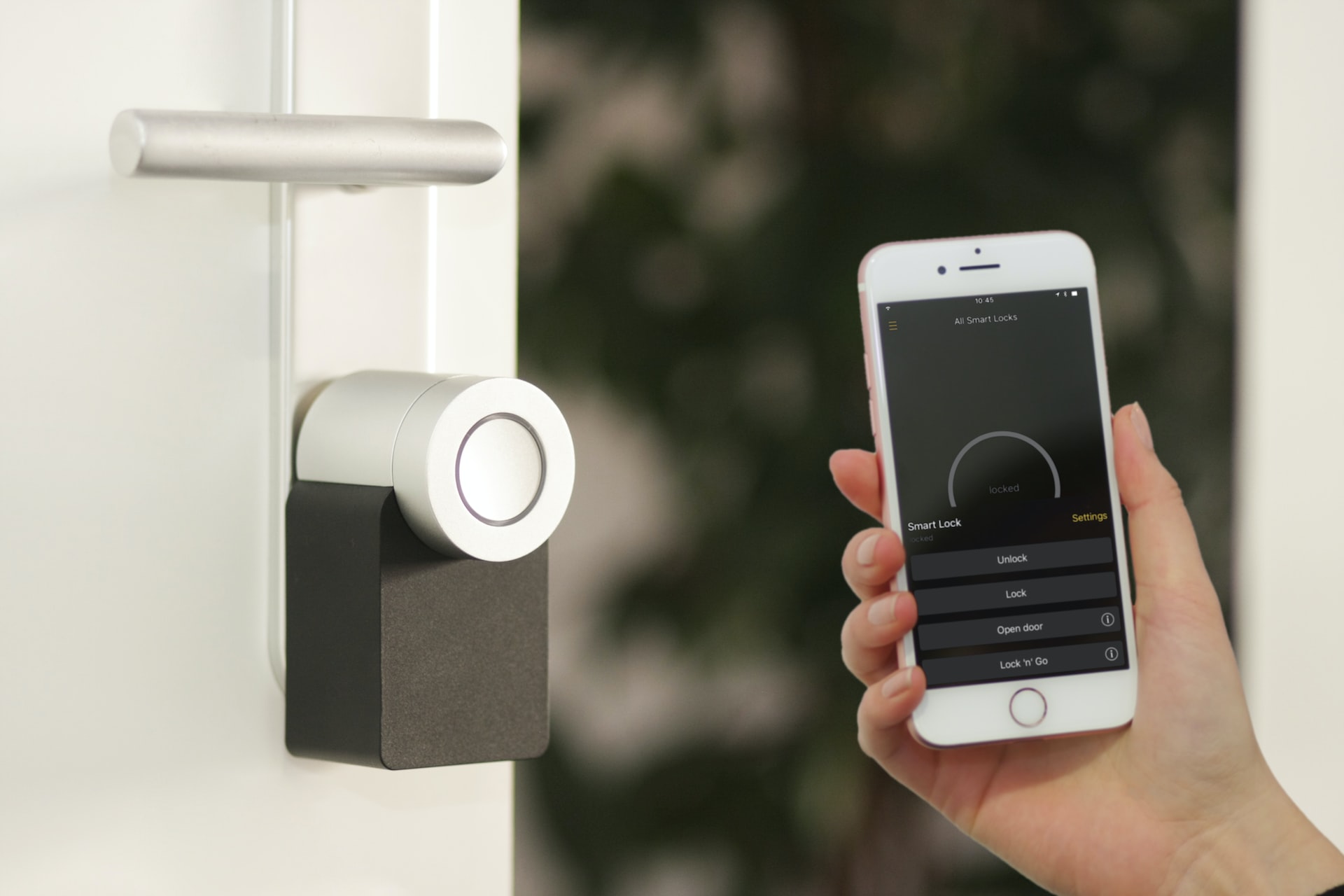How to Choose the Right Access Control System for Your Apartment Building
As the world becomes increasingly more advanced and interconnected, it's time your property follows. Access control technology is paving the way toward smarter, safer buildings. By implementing the right access control system, multifamily buildings can ensure the safety and security of their employees, residents, and visitors.
Of course, an access control system is important, but how exactly should you go about choosing a system? There are a lot of access control systems available, and while they may all set out to achieve the same goal, they are not created equal. Additionally, not all access control systems are a "one size fits all" solution. In other words, every property is different and should evaluate its needs accordingly.
With that said, let's examine the factors you should consider when selecting an access control system for your apartment.
Security Needs
As the owner or operator, you're responsible for ensuring the safety and security of your building. So, you must closely analyze how your property operates, who should have access, and the potential threats to protect against.
When reviewing your property's security needs, ask yourself the following:
- How many entryways require access control? (Keep in mind that entryways include more than just doors.)
- What types of personnel will be using the system? How many?
- Which areas of the property should be restricted to specific personnel?
- What internal and external threats are you looking to protect against?
- Are there any additional security measures your access control system should provide?
Once you've answered these questions, you'll understand the types of features your property requires in an access control system.
Access Methods
Fortunately, there are numerous credentials an access control system could use, including:
- Key cards and fobs: As the most common credential, key cards and fobs use RFID technology to communicate with readers. They only require a quick swipe or tap on the reader for users to gain access. They're easily stored in a wallet or pocket. Fobs can even be attached to key chains for quick use. Cards and fobs are relatively inexpensive, but having to replace lost or damaged credentials can lead to costs quickly adding up.
- Mobile phones: Recent advances in access control technology have seen a rise in mobile phone credentials. For these systems to work, residents download an app onto their phones. Then, they accept an invitation from property management to create an account. From the app, residents can access areas they're authorized to enter.
- Biometrics: Lastly, biometric credentials are still relatively new but are growing in popularity. These access control systems use facial recognition or fingerprints to grant access to authorized residents and staff. Unfortunately, these technologies are still being refined as they remain extremely expensive and, in some cases, unreliable.

If you want the best experience possible for users, choose an access control system that supports multiple types of credentials. That way, residents have a better experience when one of their credentials is unavailable. For example, a resident who left their fob at home can use their phone instead of calling you about a lockout. As a result, the employee has a positive experience accessing the property, and you save time and hassle avoiding lockouts.
Features
Finally, consider what types of features you want in an access control system. By choosing a solution with features your property needs, you'll reap as many benefits as possible. Otherwise, you may face security breaches, user errors, or inefficient workflows.
Some access control features to consider include:
- Audit logs: An audit log is an essential security feature for any access control system. This log stores every use of the system. Whenever a user accesses the property, the system logs all of their personal information: name, date, time, credential used, entrance, and, if applicable, a video or photo of the user.
- Integrations: Operating a property is difficult, especially when juggling multiple applications and tools. So, ensure your access control system integrates seamlessly with your property management software. In turn, you can streamline workflows in a single operating system rather than bouncing back and forth.
- Video functionality: For an added layer of security, look for a system that supports video calling. While it adds more security to your property, it is also more convenient for tenants. Seeing a visitor requesting access at the entrance and confirming their identity is much safer than speaking to them over a static-filled buzzer system.
- Cloud-based: Cloud-based access control systems store data in the cloud and benefit from automatic software updates. These systems offer many advantages over legacy systems, such as lower installation costs, greater security, and longer lasting.
Most importantly, your access control system should increase the security and safety of your property without inconveniencing residents.